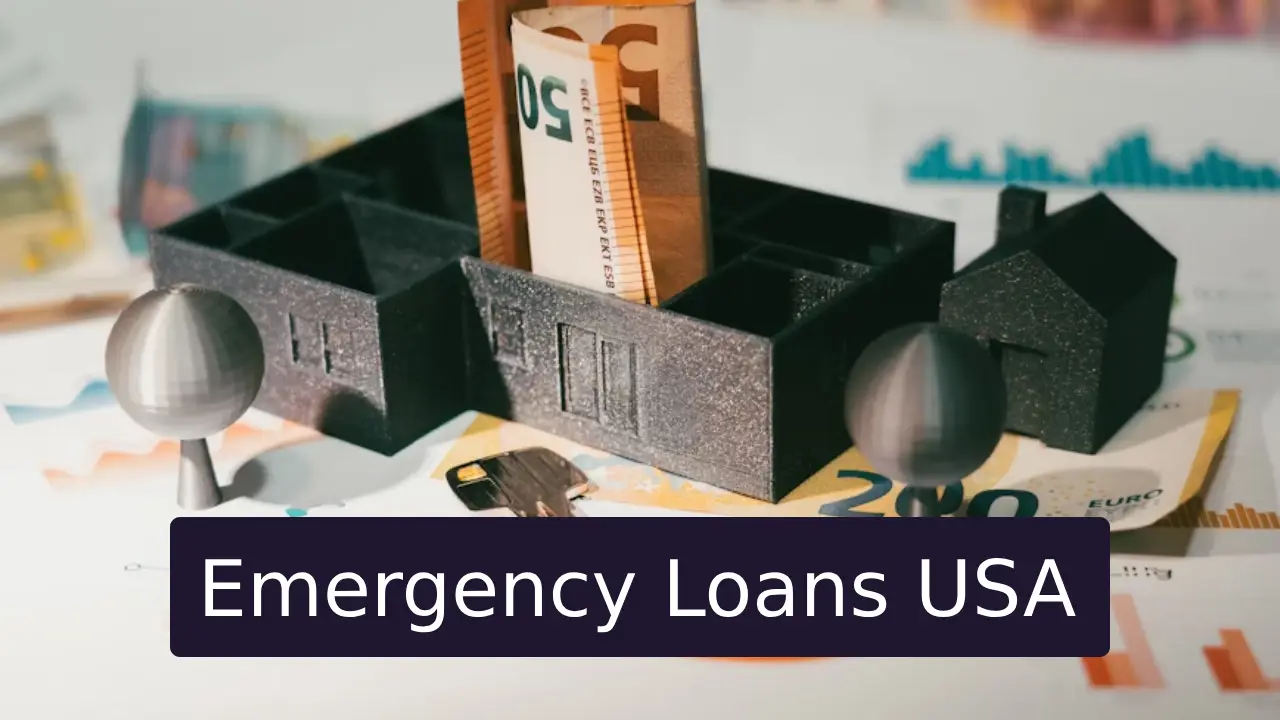Emergency Loans: Fast Cash Options (and Alternatives) in the USA
When unexpected expenses strike, emergency loans USA options provide critical lifelines for urgent cash needs. Whether facing medical bills, car repairs, or sudden job loss, Americans have multiple avenues to secure fast funding. But not all emergency loans are created equal—some carry predatory terms that trap borrowers in cycles of debt. This guide examines 7 quick funding solutions, highlights hidden risks, and reveals smarter alternatives to protect your financial health.
What Exactly Are Emergency Loans?
Emergency loans are short-term financing tools designed to cover unforeseen expenses. They typically feature:
- Rapid funding (often within 24–72 hours)
- Simplified applications
- Flexible credit requirements
Unlike traditional loans, these prioritize speed over affordability, making careful selection crucial.
4 Common Emergency Loans USA Options
1. Payday Loans: High-Risk Quick Cash
Payday loans offer $100–$1,000 with no credit checks but demand repayment by your next paycheck. While accessible, their dangers include:
- Astronomical APRs (often 400%+)
- Debt cycles: 80% roll over into repeat loans (CFPB report)
- Automatic bank withdrawals causing overdraft fees
Use only as absolute last resort.
2. Installment Loans: Structured Repayment
These distribute funds upfront with fixed monthly payments over 3–24 months. Benefits include:
- Larger amounts ($1,000–$50,000)
- Lower APRs than payday loans (35–150%)
- Credit-building potential
Best for mid-sized emergencies when you need predictable payments.
3. Credit Union Emergency Loans (PALs)
Federally insured credit unions offer Payday Alternative Loans (PALs) capped at 28% APR under NCUA guidelines. Requirements:
- Membership (often open to locals)
- Loan amounts: $200–$2,000
- No rollovers permitted
Ideal for small, one-off expenses with fair terms.
4. Credit Card Cash Advances
Accessible via ATM or bank, these provide immediate funds but:
- Charge 25–30% APR + 5% transaction fees
- Lack grace periods (interest accrues instantly)
- Reduce available credit
Only consider if repayment is imminent.
3 Smarter Alternatives to High-Risk Loans
1. 0% APR Credit Cards
Cards with 12–18-month 0% intro periods let you borrow interest-free. Requirements include:
- Good/excellent credit (670+ score)
- Timely payoff before promotional expiry
- Balance transfer fees (3–5%)
Top picks: Citi Simplicity or Chase Freedom Flex.
2. Home Equity Line of Credit (HELOC)
Homeowners can tap equity at 7–9% APR using property as collateral. Advantages:
- Lower rates than unsecured loans
- Reusable credit line
- Tax-deductible interest
Risk: Foreclosure if payments lapse.
3. Community Assistance & Side Hustles
Non-loan options prevent debt entirely:
- Negotiate bills: Many hospitals/housing agencies offer hardship plans.
- Gig economy: Uber, TaskRabbit, or Upwork generate same-day cash.
- Local aid: Dial 211 for United Way’s emergency grants or food assistance.
How to Choose Your Emergency Loan
| Factor | Priority | Why Matters |
|---|---|---|
| APR | Critical | Determines total repayment cost |
| Funding Speed | High | Urgency of need |
| Fees | Medium | Origination/prepayment penalties |
| Lender Reputation | High | Avoid scams (check BBB/FTC reviews) |
Pro Tip: Use AnnualCreditReport.com to check your credit score first. Scores below 580 limit options to bad credit emergency loans—prioritize credit-builder tools afterward.
Emergency loans USA solutions bridge urgent gaps but demand caution. While fast cash loans US providers offer rapid relief, alternatives like PALs, 0% APR cards, or community resources provide safer pathways—especially for those rebuilding credit. Always compare APRs, read fine print, and consult nonprofit credit counselors (NFCC.org) before committing. With strategic planning, you can weather financial storms without sinking into debt traps.
Key Takeaway: Need under $2,000 fast? Credit union PALs are your safest bet. For larger needs, explore HELOCs or 0% APR cards to avoid predatory interest.

